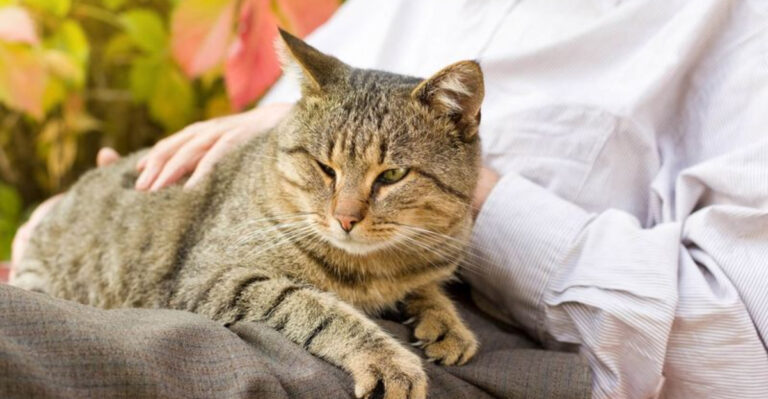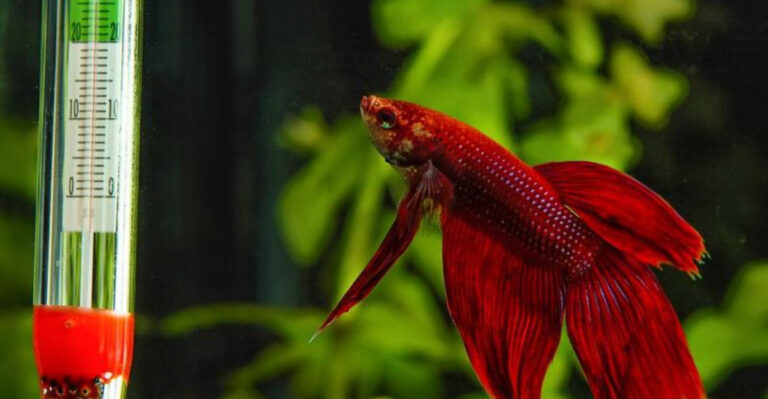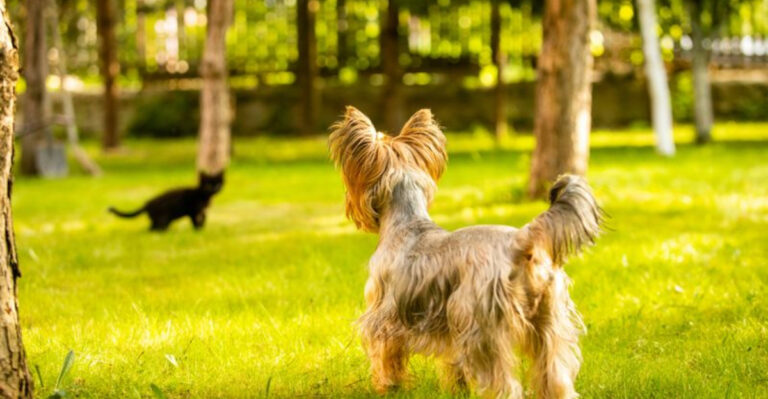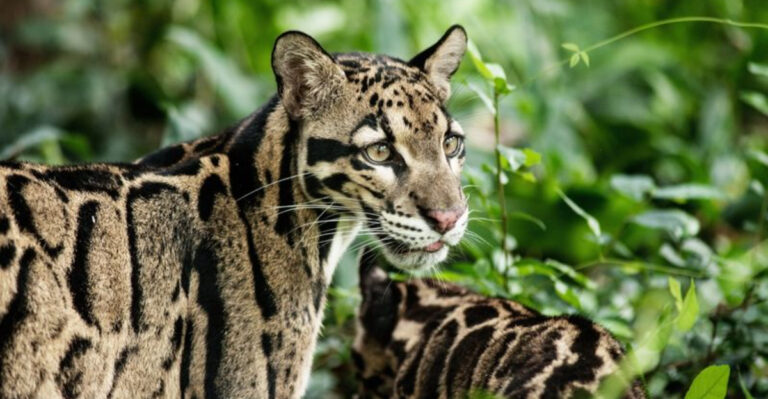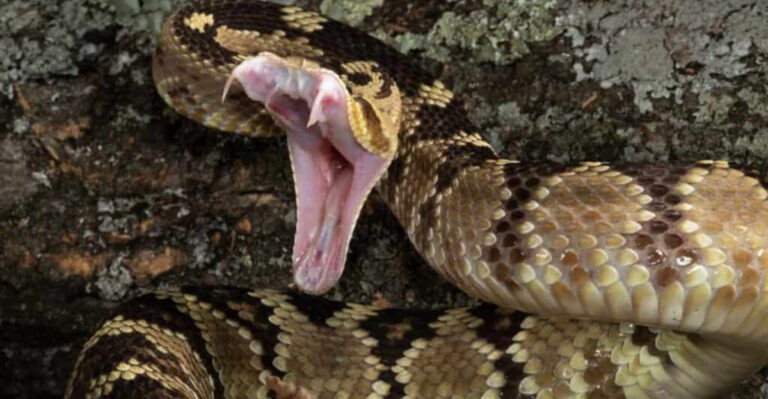15 Reasons Why Parrots Bob Their Heads
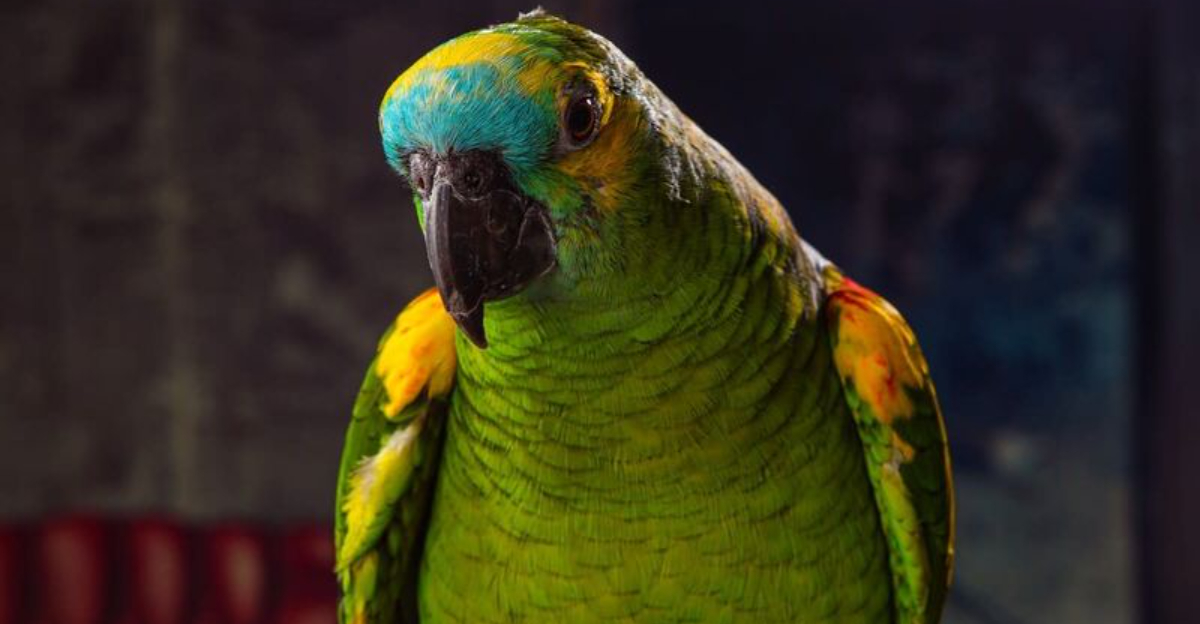
Ever wondered why some of our feathery friends seem to be the life of their own party, bopping around with such rhythm? It’s not just for show.
Parrots have some fascinating reasons for their head bobbing, which can range from social signals to simple joy. Let’s dive into their colorful world!
1. Expressing Excitement
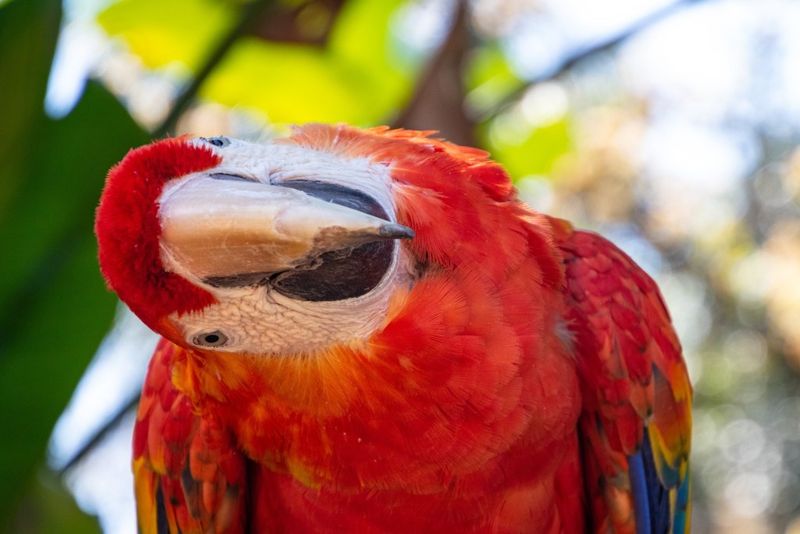
When parrots are thrilled, like when their favorite human returns home, they might bob their heads with infectious enthusiasm. It’s the bird equivalent of a happy dance. This joyful motion can light up any room and makes a clear statement: ‘I’m elated!’ Seeing them this animated is truly a joy for any bird lover.
2. Communicating Socially
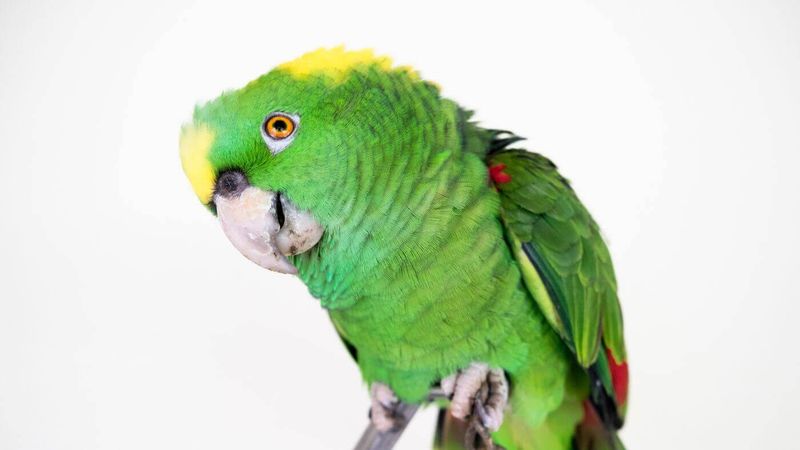
Parrots are highly social creatures, and head bobbing is part of their language. When they engage in this behavior, they’re often chatting with their fellow birds or human companions. It’s a way of saying ‘Hello!’ or ‘Let’s be friends,’ showcasing their friendly and interactive nature.
3. Seeking Attention
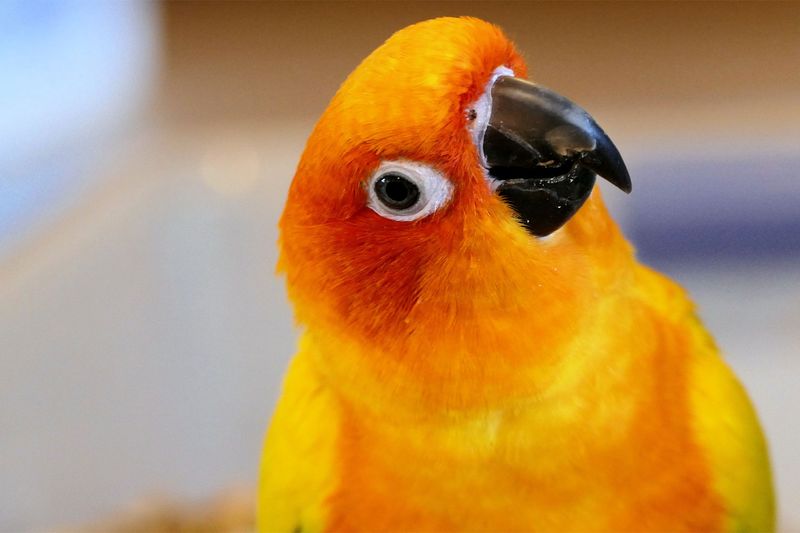
Oh, the drama! Sometimes, a parrot bobs its head simply to grab your attention. This little show is their way of saying, ‘Look at me!’ Whether they’re hungry or just bored, it’s a flashy tactic to get noticed. With those bright colors and animated moves, it’s hard to resist their demands!
4. Showing Affection
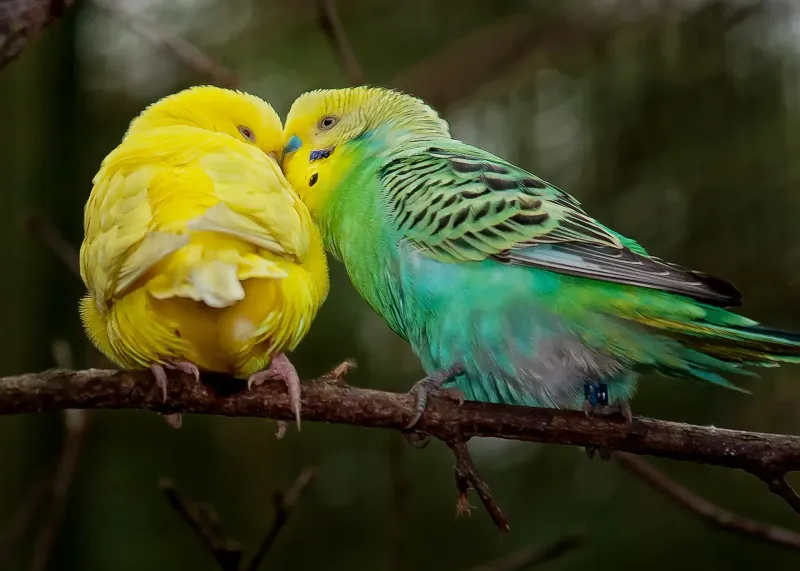
Bobbing isn’t all about showing off; sometimes it’s a sweet gesture of love. When a parrot bobs its head while perched on your shoulder, it’s a sign of trust and affection. This tender moment can melt hearts, as they express how much they cherish your companionship with each gentle movement.
5. Indicating Hunger
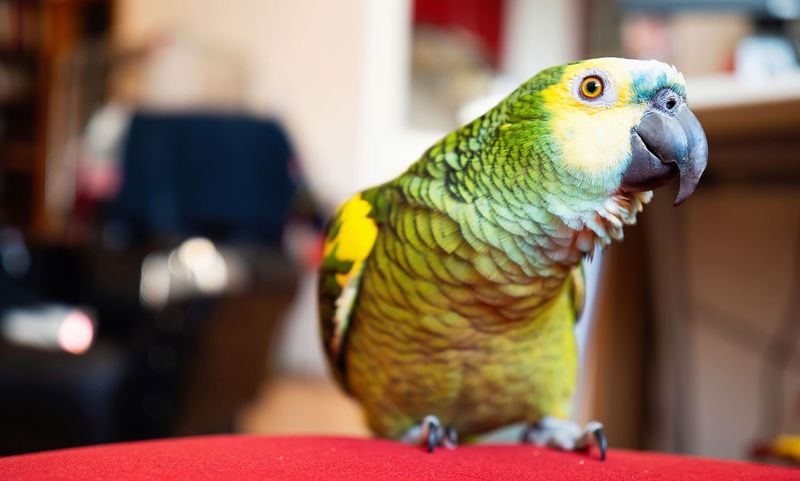
Feeding time? You’ll know when your parrot starts bobbing its head towards the food bowl. This clear indication of hunger can be both endearing and practical, reminding you that it’s time for a meal. Parrots use this motion to express their needs, making life with them both entertaining and easy to understand.
6. Courtship Display
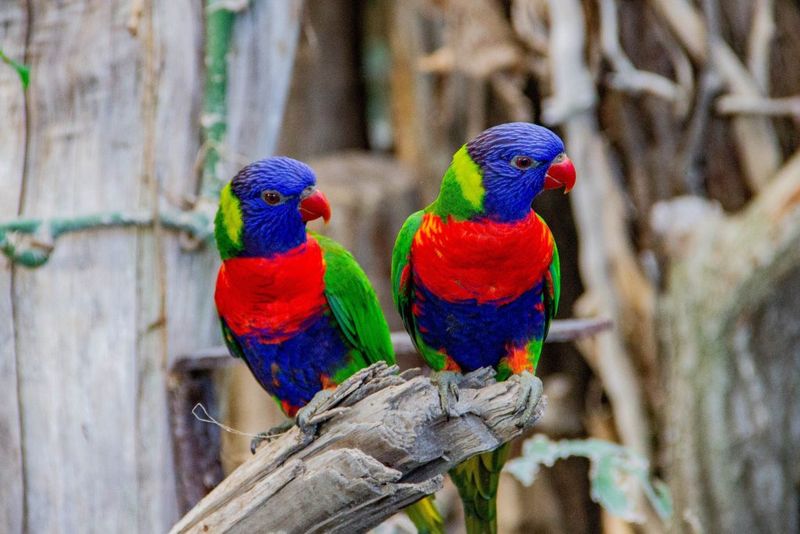
Love is in the air, or at least in the bob! During the mating season, male parrots will often bob their heads in an elaborate courtship display. This rhythmic dance is designed to impress potential mates, showcasing their health and vitality. It’s nature’s way of saying, ‘Check me out!’
7. Mimicking Humans
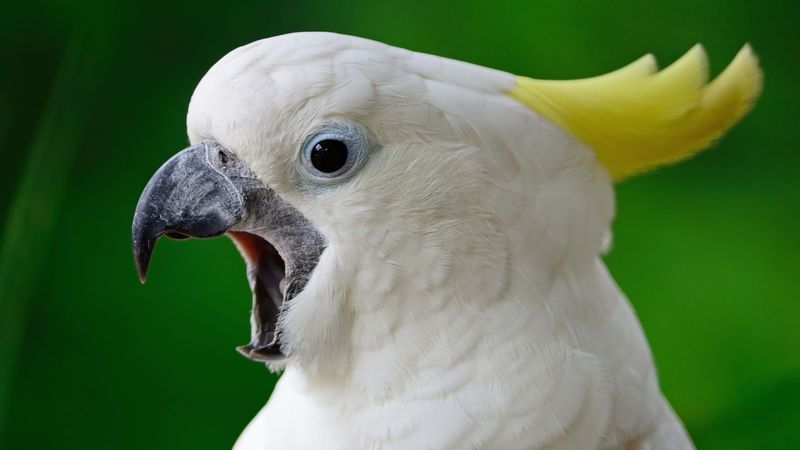
Ever noticed your parrot copying your head movements? These clever birds love to mimic humans, and head bobbing is no exception. By imitating our actions, they form a special bond with us, showing off their intelligence and playfulness. It’s all part of their charm, making them delightful companions.
8. Balancing Act
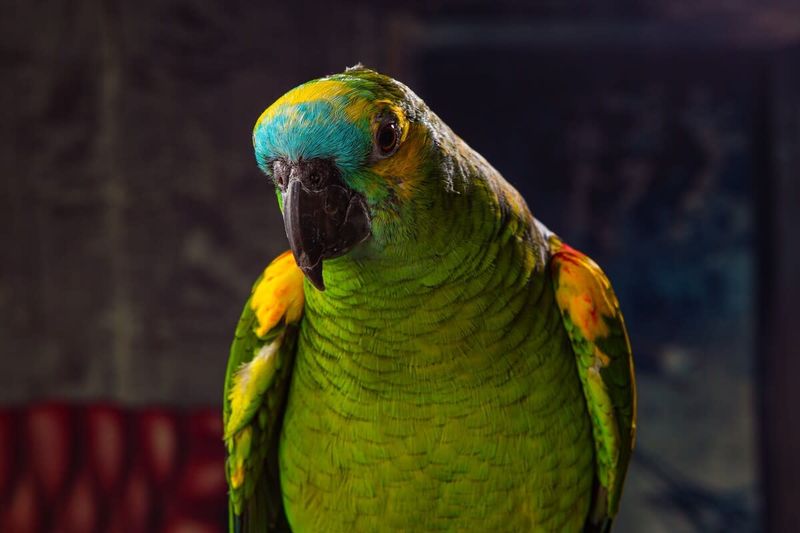
Head bobbing can also be a practical tool for balance. When perched on a swaying branch or exploring uneven terrain, parrots use these movements to stabilize themselves. This clever adaptation showcases their incredible agility, ensuring they remain the masters of their vibrant, arboreal domain.
9. Exploring Curiosity
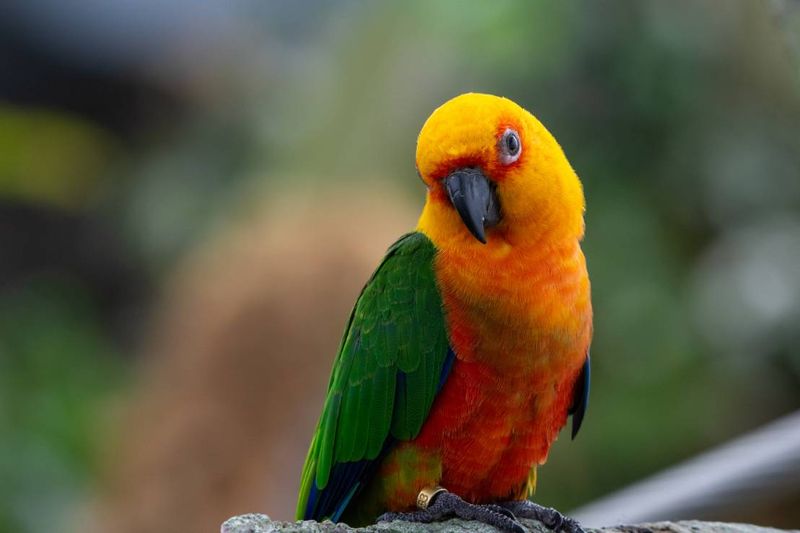
Parrots are curious creatures, and head bobbing often accompanies their exploration of new environments. This behavior signals their interest and engagement with the world around them. Watching them investigate with such gusto is a reminder of their intelligent and inquisitive nature, always eager to learn and discover.
10. Feeling Playful
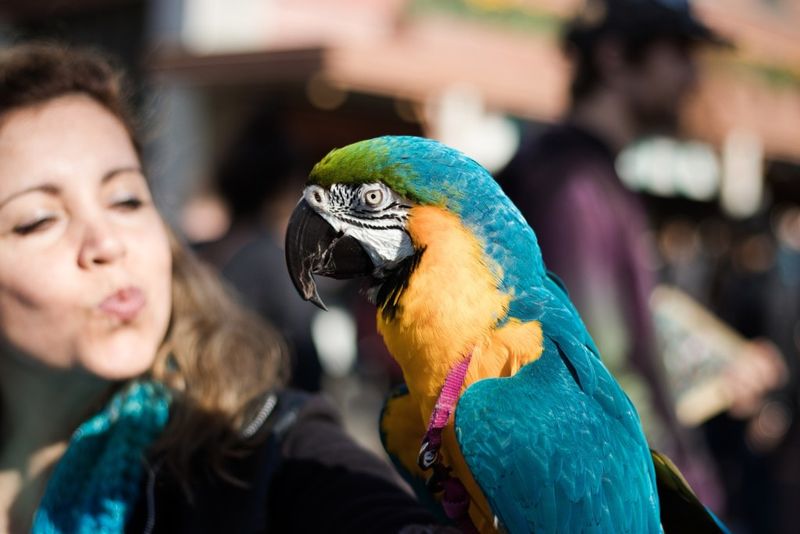
Who can resist a playful parrot? When in a cheerful mood, these birds bob their heads as part of their games. They might be engaging with toys or just showing off for an audience. This infectious playfulness is not only entertaining but also endearing, underscoring their zest for life.
11. Alertness To Danger
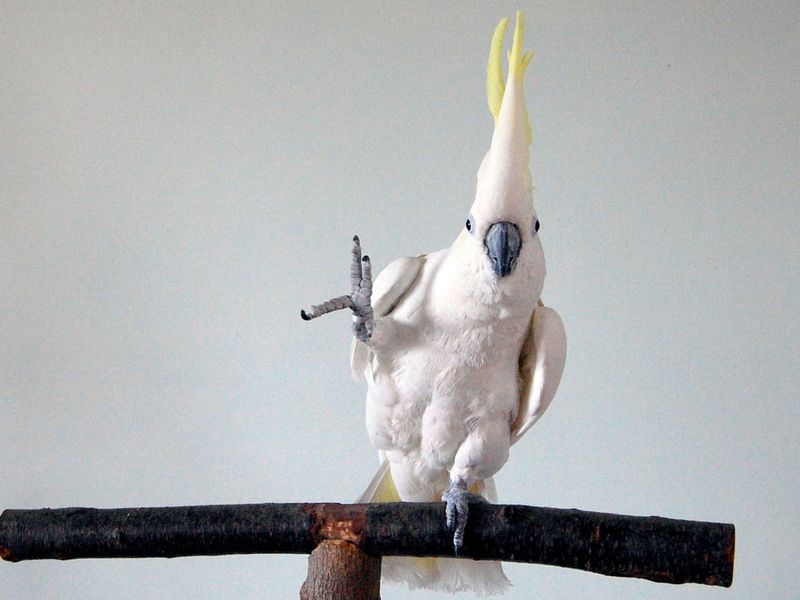
In the wild, head bobbing can be a sign of heightened alertness. When parrots sense danger, they use this motion to scan their surroundings more effectively. This survival tactic keeps them safe, displaying their keen instincts and awareness. It’s a fascinating glimpse into their vigilant nature.
12. Expressing Boredom

Even parrots get bored, and head bobbing can be their way of expressing it. When left without stimulation, they might resort to this repetitive motion. Providing toys and social interaction can alleviate this, keeping them entertained and happy. It’s a reminder of their need for mental engagement and play.
13. Regulating Body Temperature
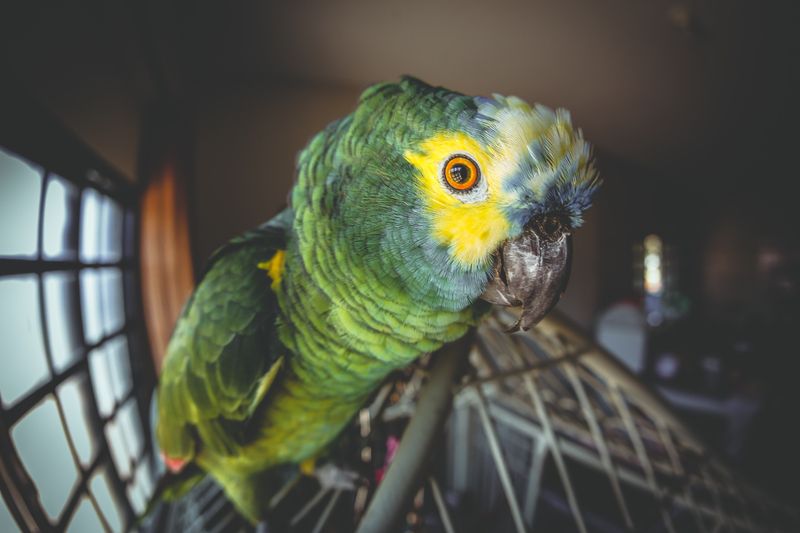
Did you know parrots can use head bobbing to help regulate their body temperature? In warmer climates, this gentle movement aids in cooling down, much like a bird’s version of fanning themselves. It’s a clever and subtle way to stay comfortable, ensuring they thrive even in the heat.
14. Marking Territory
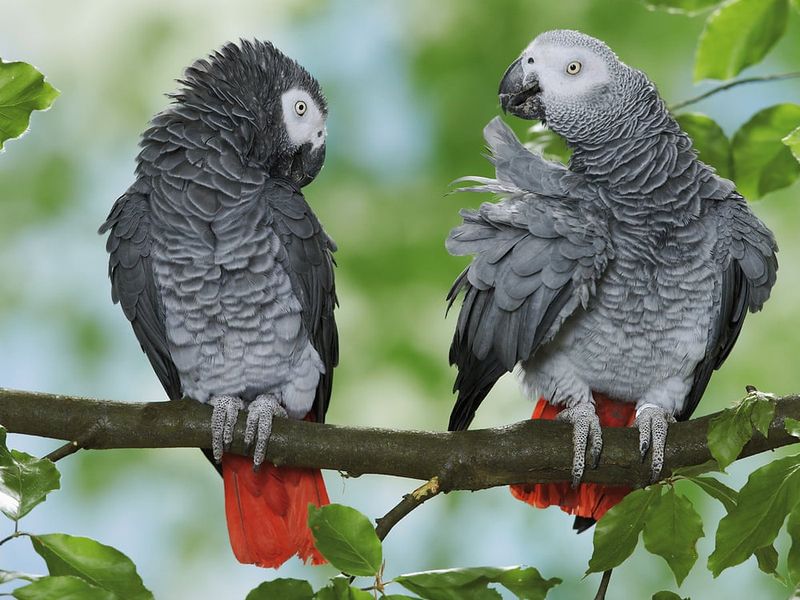
For some parrots, head bobbing is part of marking their territory. By showcasing their presence with this assertive movement, they communicate ownership of their space. It’s a bold statement, ensuring other birds know exactly who’s in charge, displaying both confidence and charisma.
15. Sign Of Stress
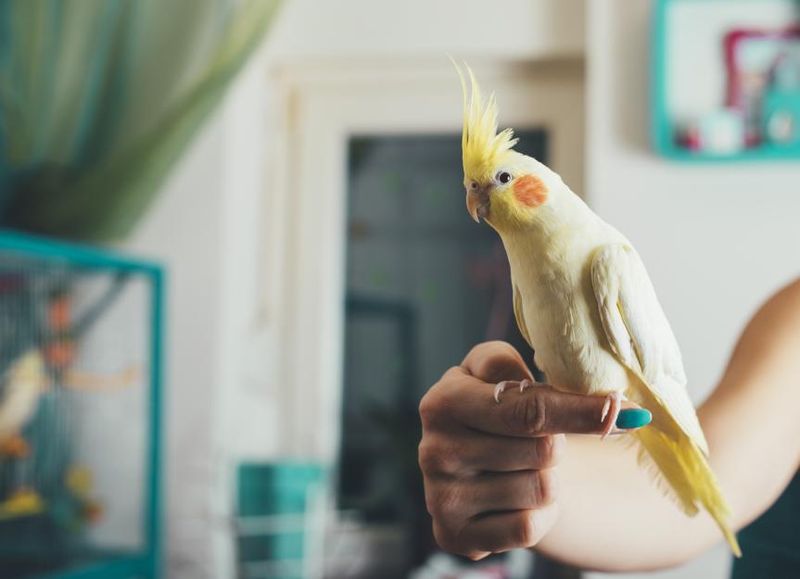
In some situations, head bobbing may indicate stress or anxiety. When faced with unfamiliar surroundings or changes, parrots might resort to this behavior as a coping mechanism. Understanding these signals helps in providing comfort and stability, ensuring a happier and more relaxed feathery friend.

